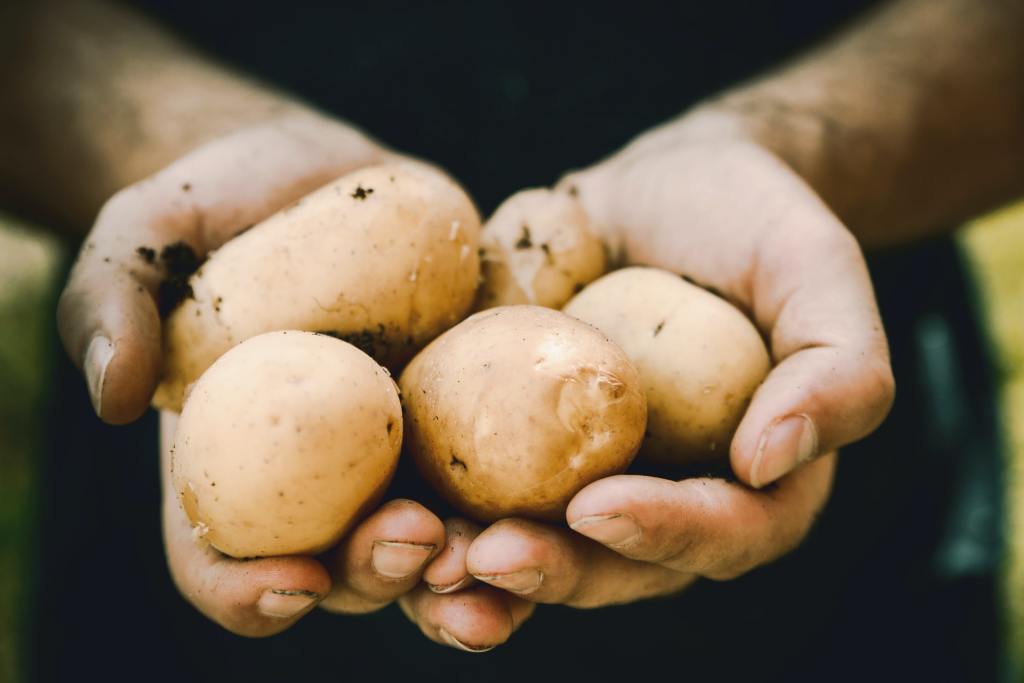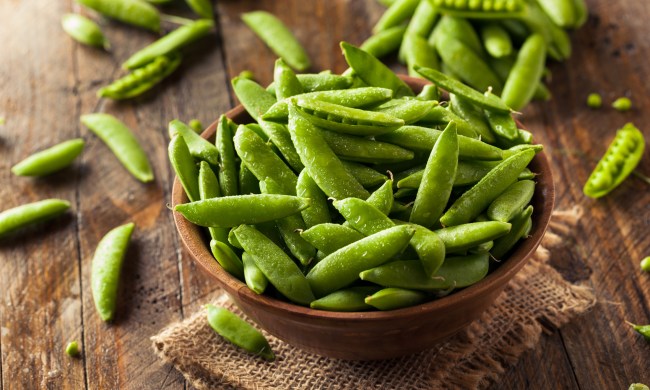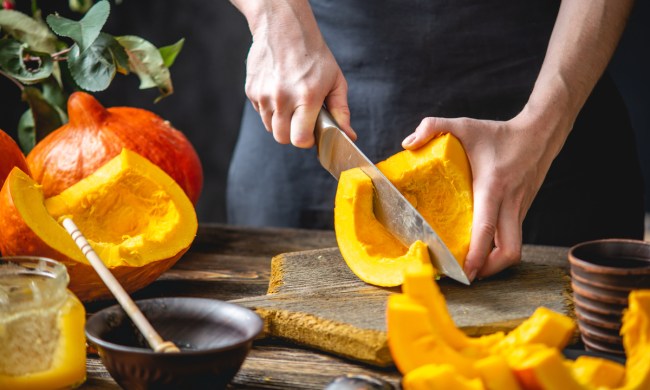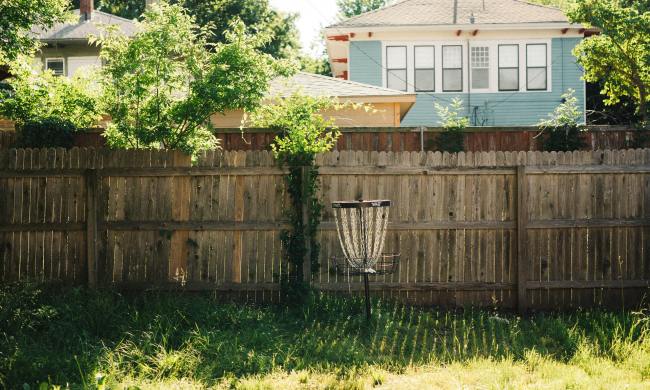Growing potatoes is a great way to save money and learn new skills, but not everyone has a big enough backyard (or one in general) to create a potato garden. However, there are still ways to grow fresh potatoes without using up a lot of space.
A great alternative is growing purple potatoes in containers on a small scale. In fact, they can be grown in many different containers, including pots, grow bags, and buckets. We’ll show you the benefits of growing potatoes in containers and how to do it.

Advantages of growing potatoes in containers
There are many benefits to planting potatoes in a container garden.
- Since you will be using fresh potting soil to grow your potatoes, you won’t have to worry about soil contamination from crop rotation, diseases from the soil outside, or pests left from a previous season.
- Containers are transportable and can be placed anywhere with good sunlight, including indoors next to a patio or on your balcony.
- When you grow potatoes in a container, harvesting them is easier than when they are planted in the ground. There is less chance of damaging the plant when using a digging fork or shovel. You simply dump out the container and you’re good to go.
- The potatoes are protected from pests like rodents and other animals that want to eat them. If you have a problem with raccoons, moles, gophers, birds, or any other animal attacking your garden, growing your potatoes in a container is the perfect solution.

How to grow potatoes in containers
Thankfully, growing potatoes in containers is a simple process that will yield new potatoes every few weeks.
Step 1: In your container, add 6 inches of potting mix to the bottom. There are specific lightweight soils made for containers. If you prefer to make your own, a simple mix is 1/3 finished compost, 1/3 vermiculite or perlite, and 1/3 coconut coir or peat moss. Once you add the potting mix, combine with fertilizer then place your seed potatoes roughly six inches apart. For the fertilizer, we suggest using an organic granular option. Once the potatoes start emerging from the soil, feed them every two weeks with fish emulsion. Spray the plants first thing in the morning so the potatoes have time to absorb the nutrients before the middle of the day.
Tip: To ensure your potatoes grow properly, they need at least six to eight hours of sunlight every day. However, this can be tricky because potatoes are actually cool-season crops so they don’t like becoming overly hot. Place your containers in an area that gets lots of sun in the morning, but shady in the afternoon.
Step 2: Once you add your seed potatoes, add another 6 inches of potting mix then water well. Water requirements for potatoes in a container are different than ones grown outside. Since the container soil is not as well insulated, the water will evaporate more quickly. To check if your potatoes need water, stick your finger in the soil. Water your containers if the first two inches of the soil feel dry. Water until you see it coming out the bottom of the container.
Step 3: Once your potato vines are roughly 6 inches tall, add more soil to the container. You will repeat this process roughly every two weeks until your container is full of soil. You will know when your potatoes are finished growing because their foliage will start to turn yellow. At this point, stop watering and let the surrounding foliage die off. This might seem cruel, but don’t worry. Dump out the container and grab your new potatoes.
Tip: You want to keep the roots of the potatoes completely covered. The roots, or tubers, will begin to develop green skin when exposed to too much sunlight when growing. These green areas can be toxic for the potato and should be removed. You can prevent this from happening by covering the tubers with soil or mulch well enough so that no light reaches the tubers.
Final thoughts
Growing your own vegetables might seem like a difficult task without enough space for the project. However, anyone willing to learn and run to the store for a grow bag or two can grow their own purple or red potatoes right in their own home. Within a few weeks, you will be enjoying baked potatoes, French fries, or anything else made from the plant, and it will taste even better knowing that you grew the vegetables yourself.


